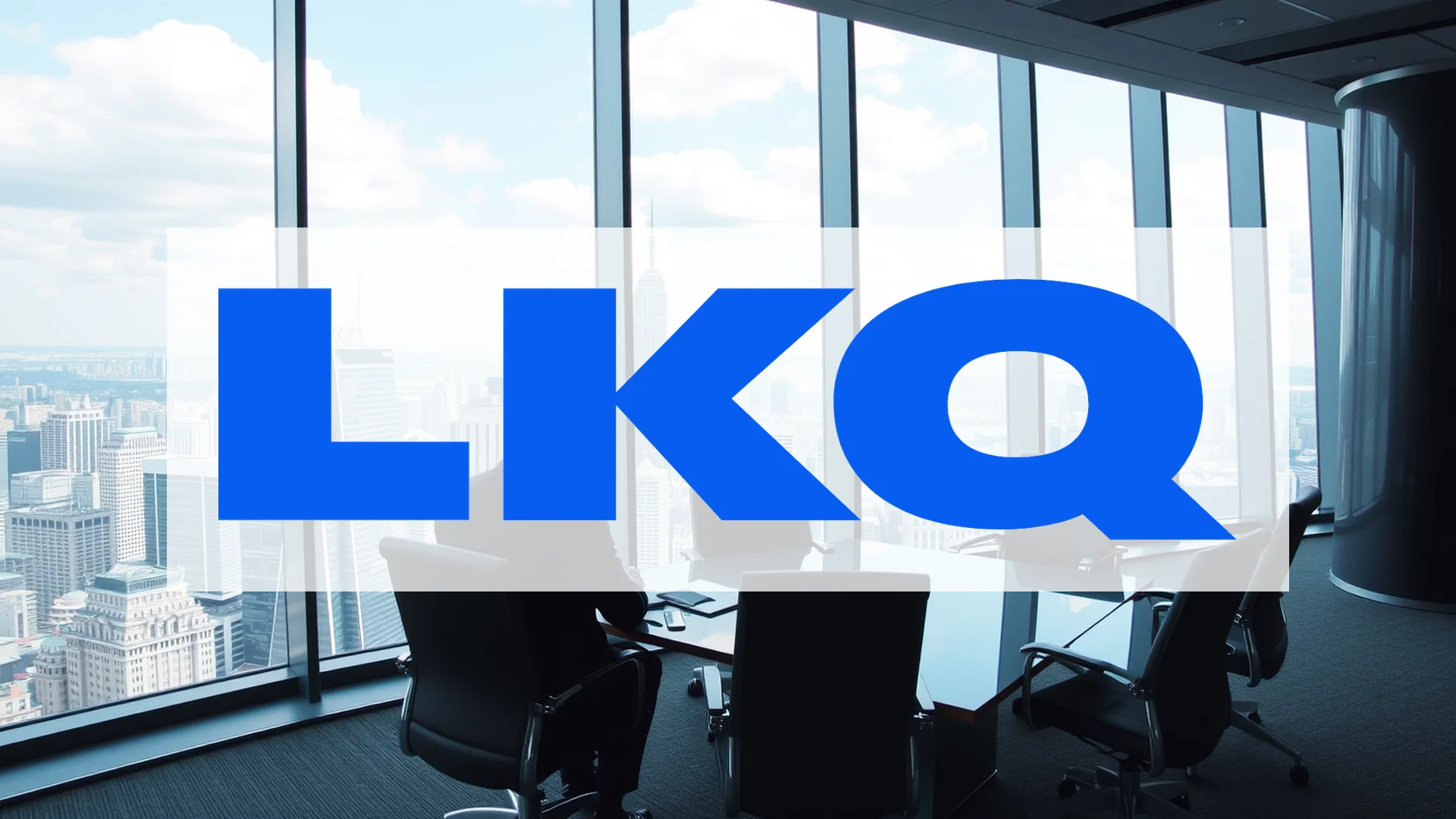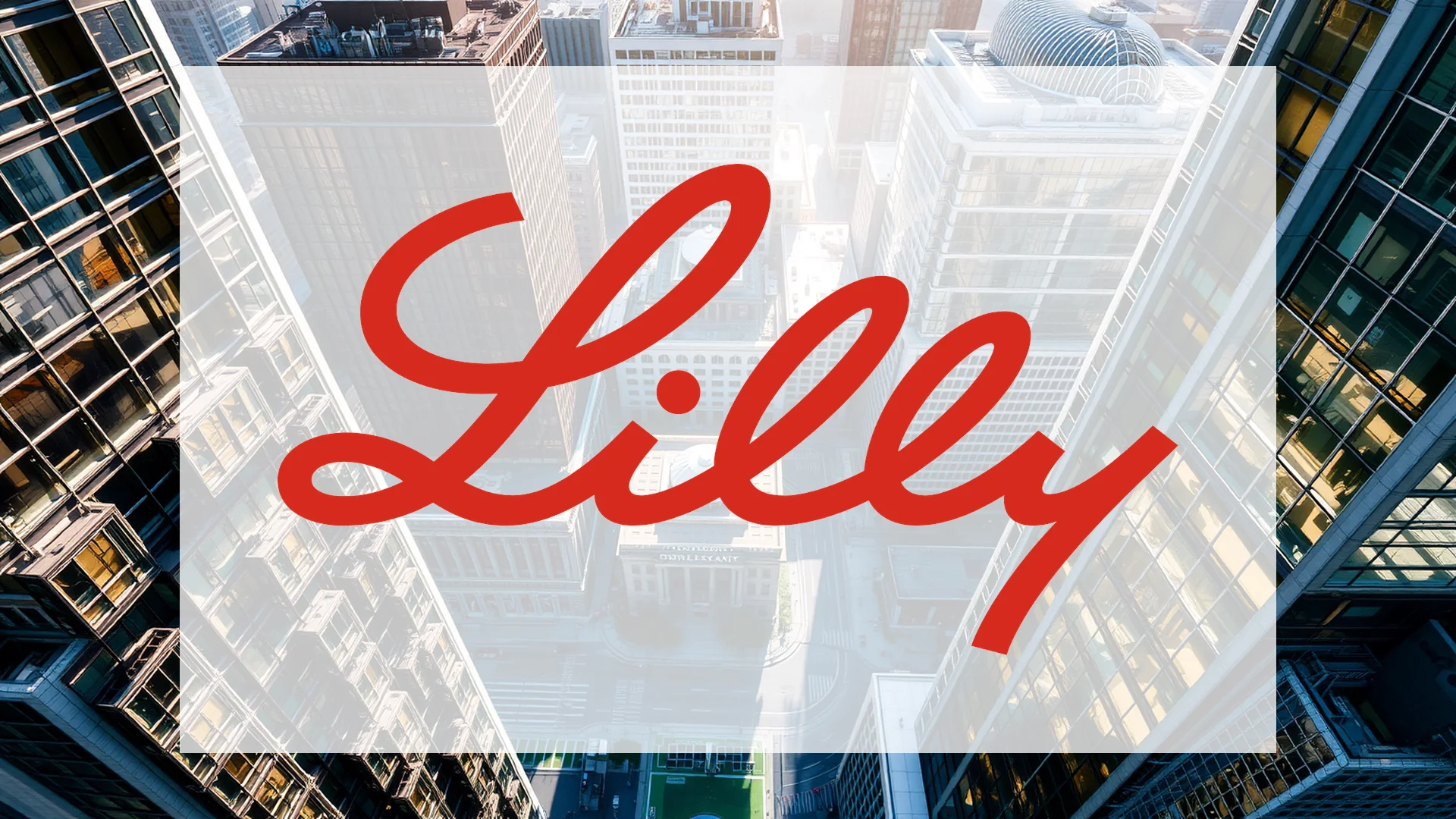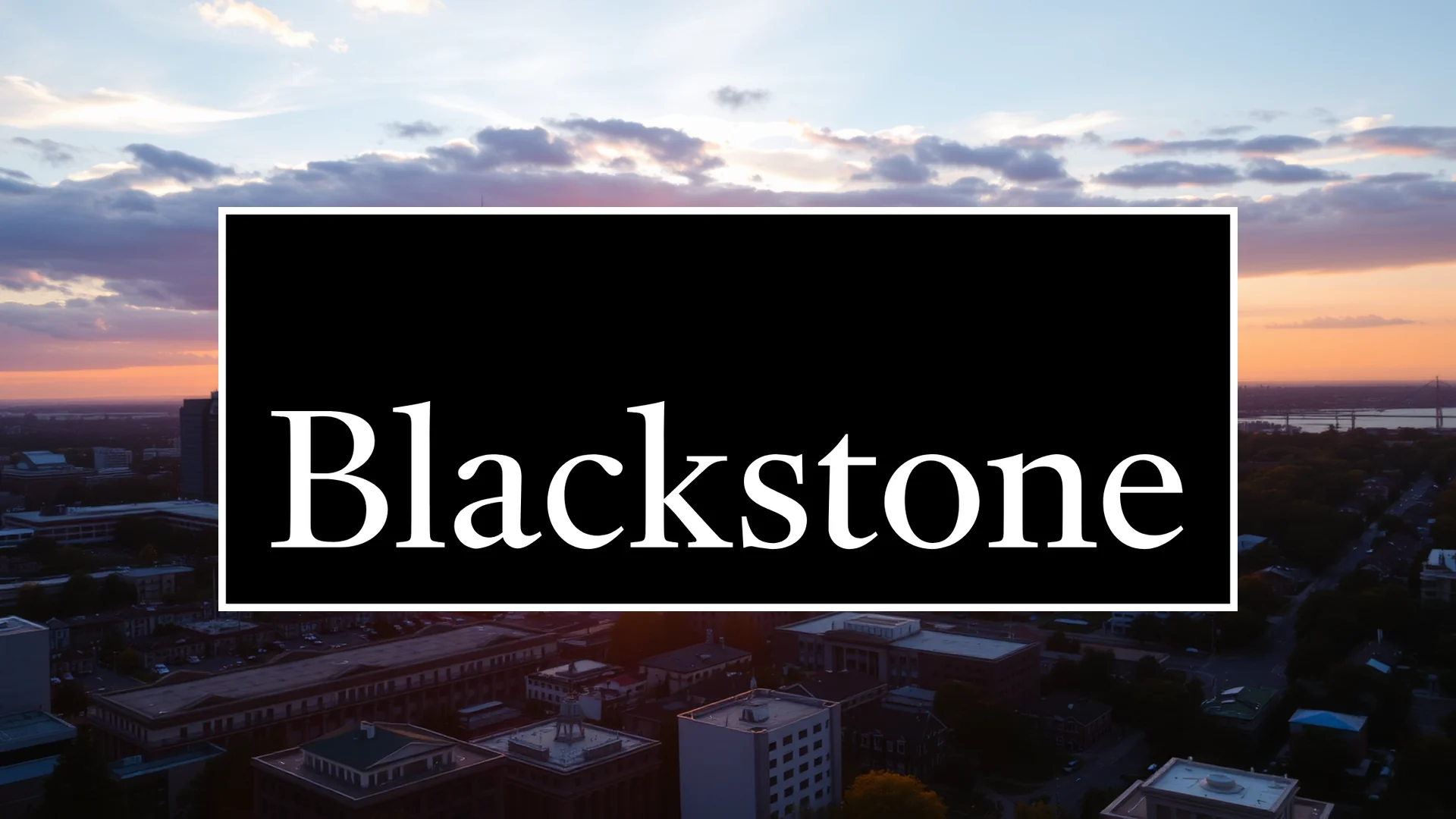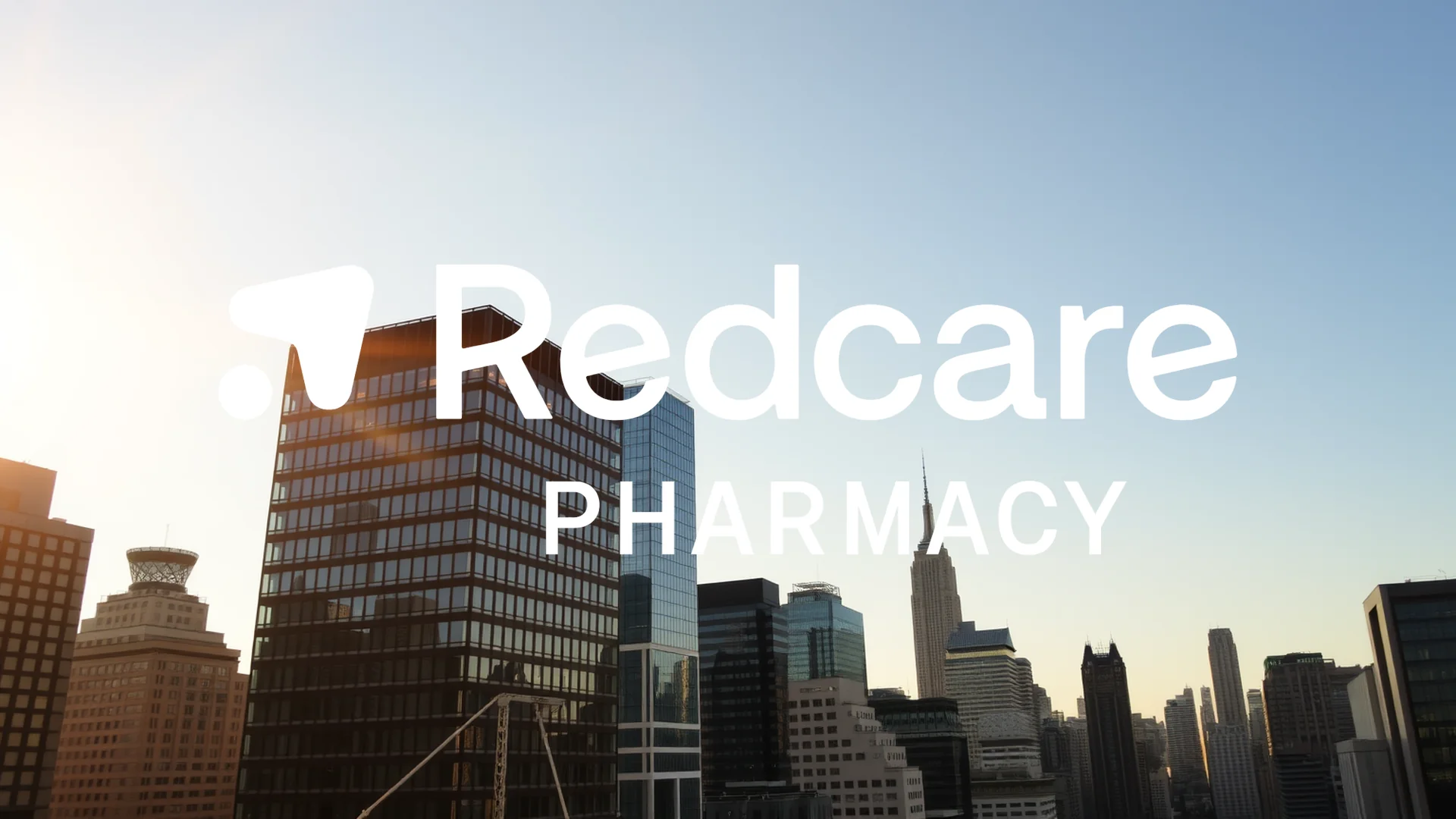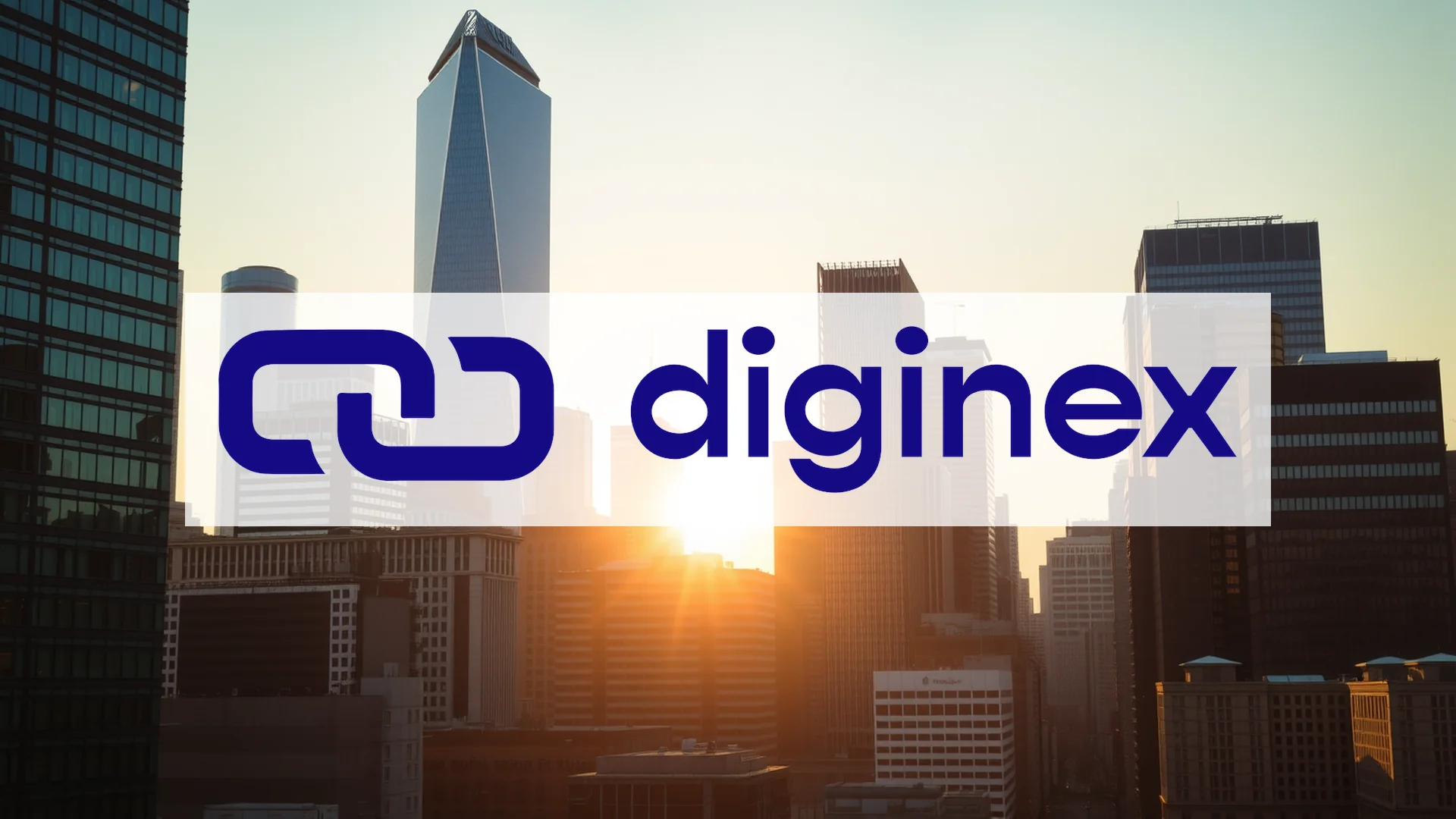Today marks the ex-dividend date for LKQ Corporation shares, with the company distributing $0.30 per share to eligible investors. While this dividend payment might appear as positive news for shareholders, the broader context reveals a more complex situation. The automotive parts distributor is implementing aggressive capital return initiatives while simultaneously restructuring its business portfolio, even as its stock faces significant downward pressure in the markets.
Capital Allocation Strategy
LKQ’s approach to shareholder returns demonstrates substantial commitment. The company has authorized a $1.6 billion share repurchase program extending through October 2026. During the third quarter of 2025 alone, LKQ bought back 1.2 million of its own shares, spending approximately $40 million on these acquisitions.
So far this year, the corporation has returned $353 million to its investors, representing a substantial 62% of its free cash flow. This distribution breaks down into $119 million allocated to share repurchases and $234 million dedicated to dividend payments, illustrating a clear value-creation strategy for shareholders.
Strategic Portfolio Reshaping
Beyond capital returns, LKQ is undergoing significant structural transformation. In late September 2025, the company completed the divestiture of its Self-Service operations for $390 million, directing the entire proceeds toward debt reduction.
The restructuring continues with another major move: LKQ has engaged Bank of America to seek buyers for its Keystone Automotive Industries specialty parts division, valued at approximately $1 billion. This decision signals the company’s strategic focus on maintaining only its most profitable core operations.
Should investors sell immediately? Or is it worth buying LKQ?
Operational Performance Assessment
LKQ’s operational results present a mixed picture. Management has raised its full-year 2025 earnings guidance by $0.07 per share, indicating confidence in the company’s direction. However, free cash flow projections now range between $600 million and $750 million, reflecting the impact of the Self-Service division sale.
On the positive side, the company appears on track to achieve its $75 million cost-saving target by the end of 2025, primarily through efficiency improvements in its European operations. Meanwhile, in North America, LKQ continues to outperform market averages in repairable collision claims.
Market Performance Disconnect
Despite these strategic moves, LKQ shares have struggled. The stock has gained 8% over the past month but remains down 14% year-to-date and has declined 20% over the trailing twelve-month period. This performance contrasts sharply with the S&P 500’s 16.2% advance during 2025.
Several factors contribute to this underperformance: delayed recovery in North American collision claims, tariff-related cost pressures, and challenging market conditions affecting both North American and European operations.
- Analyst Consensus: “Moderate Buy” rating
- Price Targets: $42.92 to $45.40, suggesting potential upside up to 52%
- Activist Influence: Ananym Capital has advocated for the sale of LKQ’s European business segment
The critical question remains whether LKQ’s comprehensive restructuring strategy can ultimately reverse its negative momentum. Market participants await forthcoming quarterly results for clearer indications of the company’s trajectory.
Ad
LKQ Stock: Buy or Sell?! New LKQ Analysis from November 20 delivers the answer:
The latest LKQ figures speak for themselves: Urgent action needed for LKQ investors. Is it worth buying or should you sell? Find out what to do now in the current free analysis from November 20.
LKQ: Buy or sell? Read more here...

